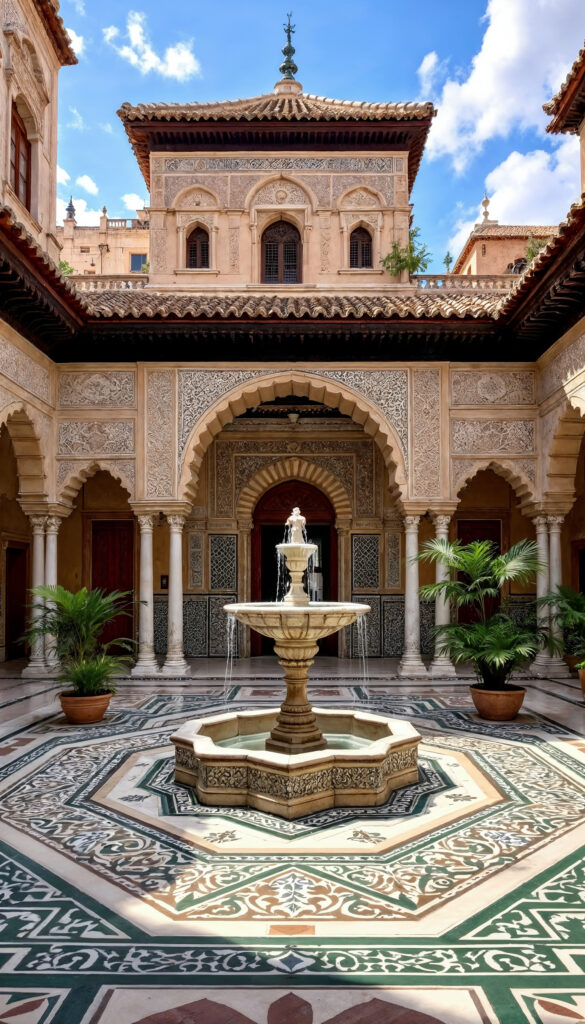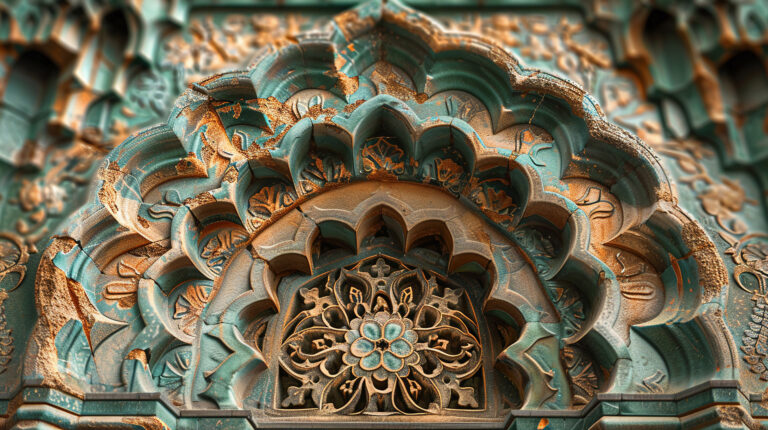
Modern Iranian architectural design
The contemporary architectural design in Iran combines tradition with modernity, making it a fascinating field in recent years. Iranian architects strive to incorporate elements of traditional Iranian architecture, such as tilework, arches, verandas, and windcatchers, while adapting them to modern designs and contemporary needs. Below are some key features and trends in modern Iranian architecture:
1. Fusion of Traditional and Modern Architecture
- Inspiration from Traditional Elements: Such as central courtyards, arches, or skylights, but implemented with modern materials and technology.
- Example: Contemporary houses in Yazd or Isfahan, where traditional windcatchers and skylights are combined with glass and steel.
2. Focus on Sustainability and Green Architecture
- Climate-Responsive Design: Using local materials and natural methods for cooling or heating buildings.
- Example: Use of solar panels and green rooftops.
3. Modern Towers and Skyscrapers
- The rise of architectural designs for towers and skyscrapers, especially in metropolitan areas like Tehran, Mashhad, and Shiraz.
- Examples: Milad Tower, Azadi Tower with its modern redesigns.
4. Minimalist Architecture
- Growing interest in simple, functional, and minimalist designs that avoid excessive details.
- Use of clean lines, open spaces, and neutral colors.
5. Revitalization of Urban Heritage
Projects aimed at restoring historic urban fabrics, such as the Bazaar of Tabriz, Naqsh-e Jahan Square, or old caravanserais.
6. Modern Iranian Interior Design
Incorporating traditional Iranian motifs, like geometric patterns or floral designs, in interior designs combined with modern furniture and color palettes.
7. Inspiration from Nature
Utilizing natural forms and colors in building designs, such as stone facades or the use of wood.


No comments yet.